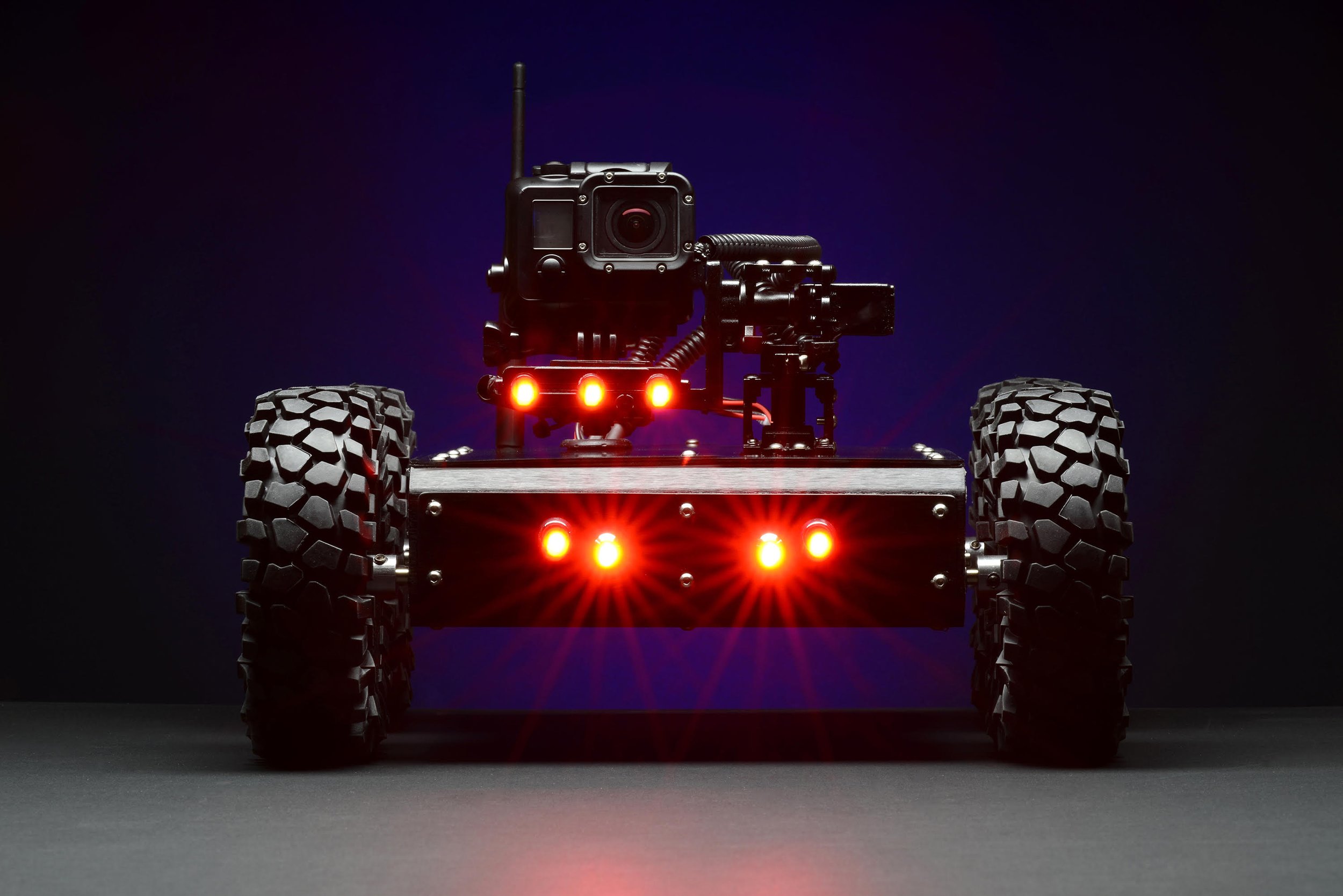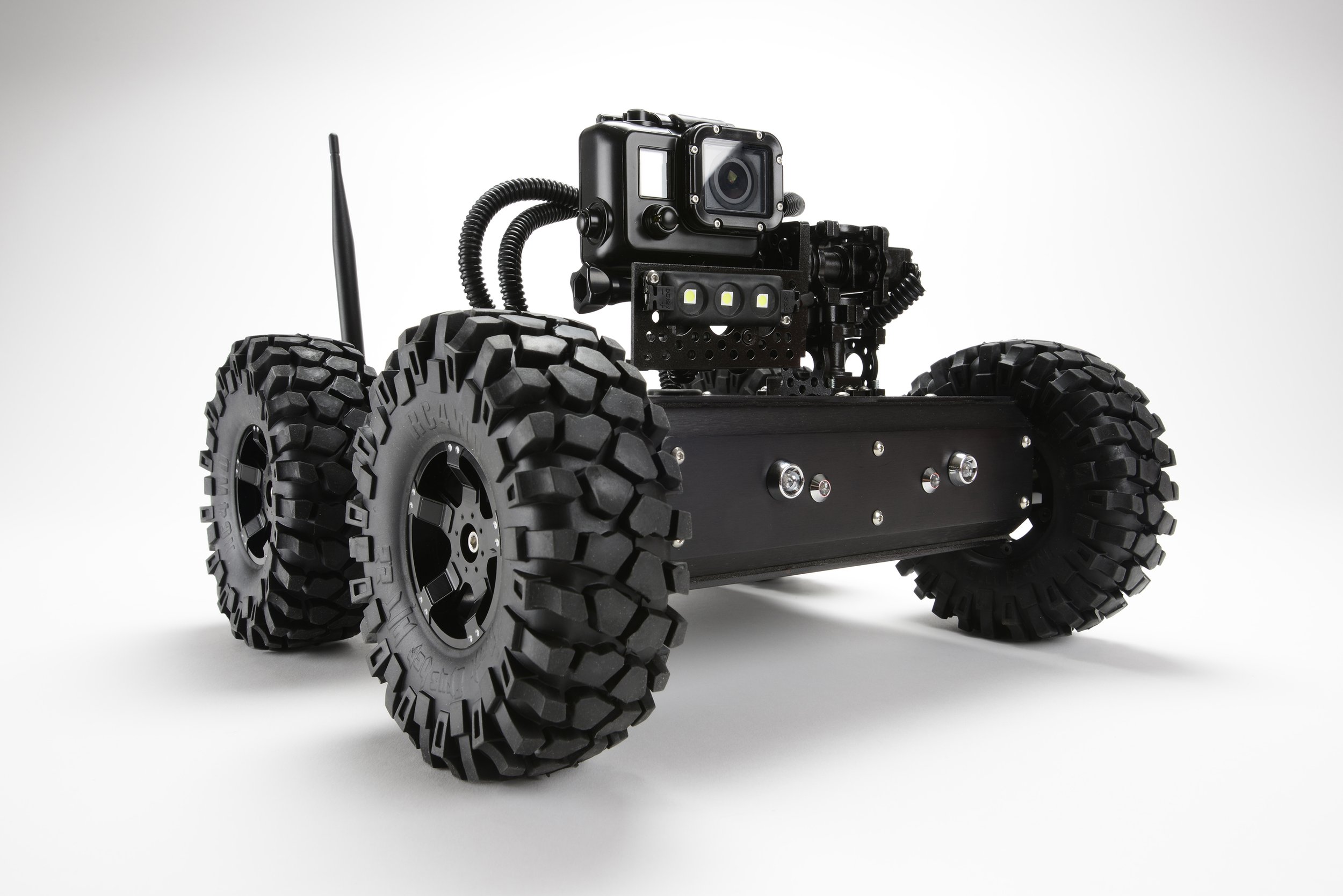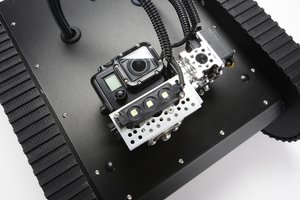Choosing the best storm drain inspection camera involves understanding your specific requirements and evaluating various options based on key features and functionalities. This guide provides a comprehensive overview of the factors to consider when selecting a storm drain inspection camera.
1. Understanding the Importance of Storm Drain Inspection Cameras
Storm drain inspection cameras are essential tools for maintaining and inspecting stormwater drainage systems. These specialized cameras allow for a thorough examination of the interior conditions of storm drains, helping to identify blockages, structural issues, and other potential problems.
Benefits of Using Storm Drain Inspection Cameras:
- Accurate Diagnostics: These cameras provide clear visuals of the drain’s interior, allowing for precise identification of issues.
- Cost-Effective Maintenance: Early detection of problems can prevent costly repairs and extensive damage.
- Safety: By reducing the need for manual inspections in confined spaces, these cameras enhance safety for maintenance personnel.
- Efficient Monitoring: Regular inspections with these cameras ensure that drainage systems function optimally, preventing flooding and water damage.
2. Key Features to Look for in a Storm Drain Inspection Camera
When choosing a storm drain inspection camera, consider the following key features to ensure you select the best tool for your needs:
Camera Resolution and Quality:
- High-Resolution Imaging: Look for cameras that offer high-resolution imaging to capture clear and detailed visuals of the drain’s interior.
- Adjustable Focus and Zoom: These features allow you to closely inspect specific areas of concern, enhancing the diagnostic capability of the camera.
Durability and Build Quality:
- Waterproof and Durable: Since these cameras operate in harsh environments, they should be waterproof and constructed from robust materials to withstand tough conditions.
- Flexible and Long Cable: A flexible, long cable is essential for navigating through bends and turns in the drainage system.
Lighting:

- Built-In Lighting: Integrated LED lights or other lighting options are crucial for illuminating dark areas within the drain, ensuring clear visibility.
- Adjustable Lighting: The ability to adjust the lighting intensity can help in various inspection scenarios.
Ease of Use:
- User-Friendly Interface: A camera with a simple and intuitive interface makes it easier for operators to conduct inspections efficiently.
- Portability: Compact and lightweight designs enhance portability, making it convenient to carry and operate the camera in different locations.
3. Types of Storm Drain Inspection Cameras
There are various types of storm drain inspection cameras available, each designed for specific applications and environments. Understanding the differences can help you choose the most suitable camera for your needs.
Push Cameras:
- Definition: These are manually operated cameras attached to a push rod.
- Ideal Use: Best suited for small to medium-sized drains and shorter inspection distances.
- Advantages: Simple to use, affordable, and effective for straightforward inspections.
Crawler Cameras:
- Definition: Motorized cameras mounted on a robotic crawler.
- Ideal Use: Suitable for large and complex drainage systems with longer inspection distances.
- Advantages: Can navigate through larger pipes, provide detailed inspection, and often come with advanced features like pan and tilt.
Zoom Cameras:
- Definition: Cameras equipped with powerful zoom lenses.
- Ideal Use: Useful for inspecting from a distance, especially in large and wide drainage systems.
- Advantages: Allows for inspection without entering the drain, providing a broader view of the system.
4. Factors to Consider When Selecting a Storm Drain Inspection Camera
To choose the best storm drain inspection camera, consider the following factors:
Inspection Environment:
- Pipe Size and Material: Ensure the camera is compatible with the size and material of your storm drains.
- Length and Complexity: Choose a camera with the appropriate cable length and navigation capabilities for the complexity of your drainage system.
Budget and Cost:
- Initial Investment: Consider your budget and the initial cost of the camera.
- Maintenance and Upgrades: Factor in the costs of maintenance, repairs, and potential upgrades.
Technical Support and Warranty:
- Customer Support: Opt for manufacturers that offer reliable customer support and technical assistance.
- Warranty: A good warranty provides peace of mind and protection against potential defects or issues.
Compatibility and Integration:
- Software Integration: Ensure the camera is compatible with your existing inspection software and tools.
- Data Management: Look for cameras that offer easy data transfer and management options, such as USB or wireless connectivity.
5. Evaluating and Testing Storm Drain Inspection Cameras
Before making a final decision, it’s crucial to evaluate and test potential storm drain inspection cameras to ensure they meet your requirements.
Demo and Trials:
- Request Demos: Many manufacturers offer demo units or trial periods. Use this opportunity to test the camera in real-world conditions.
- Hands-On Testing: Conduct hands-on testing to assess the camera’s performance, ease of use, and image quality.
User Reviews and Feedback:
- Customer Reviews: Read reviews and feedback from other users to gain insights into the camera’s reliability and performance.
- Professional Recommendations: Seek recommendations from industry professionals or colleagues who have experience with storm drain inspection cameras.
Training and Support:
- Operator Training: Ensure that your team receives proper training on how to use the camera effectively.
- Ongoing Support: Choose a vendor that offers ongoing support and training resources to keep your team updated on best practices and new features.
Conclusion
Selecting the best storm drain inspection camera requires careful consideration of various factors, including camera features, types, inspection environments, budget, and technical support. By understanding your specific needs and evaluating different options, you can choose a camera that enhances the efficiency and effectiveness of your storm drain inspections






